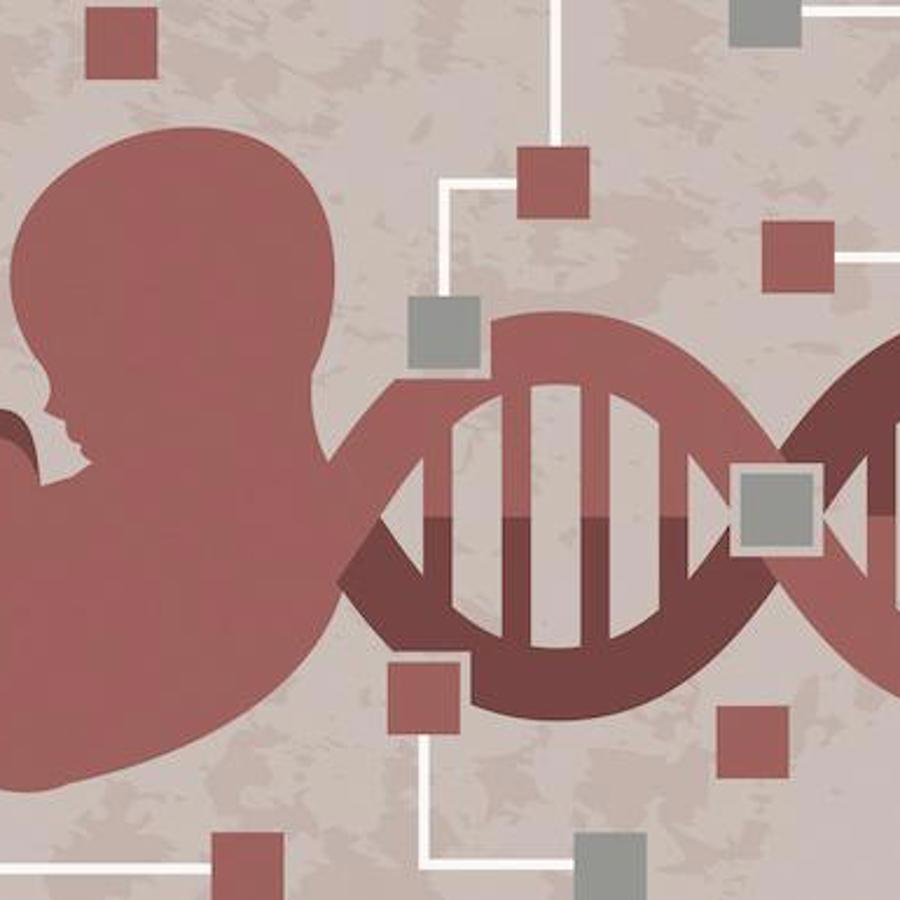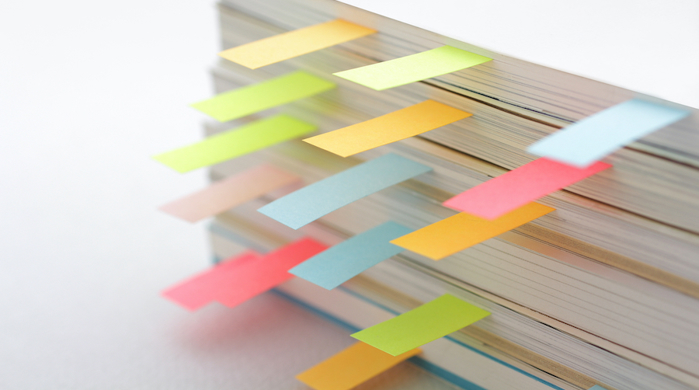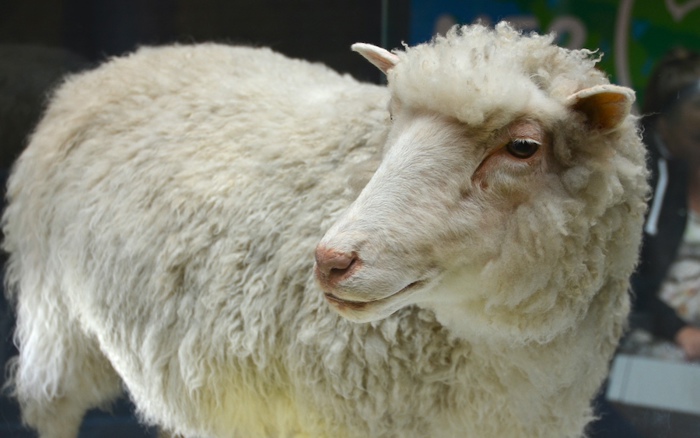
How is the DNA of an adult different from the DNA of an embryo?
August 17, 2005

- Related Topics:
- Epigenetics,
- Stem cells,
- Cloning,
- Developmental biology
A curious adult from California asks:
"I’ve heard that the DNA of adults is different from the DNA of an embryo. What’s different, and when does this change occur?"
You are right! Our DNA changes as we develop from an embryo to an adult.
First, a little bit of information about your DNA: You have probably heard that DNA contains the instructions for making you who you are. These instructions are contained in its sequence. Your DNA sequence can be represented by a long string of the letters A, G, T, and C.
A big part of what makes you unique is the unique sequence of your DNA. But most of the changes that happen to our DNA as we develop don't have anything to do with its sequence.
So what kind of changes are they?
They are changes that help cells know which genes to use by marking them like a bookmark marks a page in a book.
DNA and Epigenetic Changes
Let me explain -- your DNA is kind of like a cookbook full of recipes. These recipes are called genes. I have a big cookbook at home with thousands of recipes in it. It is full of bookmarks that I use to help me find my favorites.
Your DNA is also full of its own kind of “bookmarks.”
The bookmarks in your DNA aren't real bookmarks of course. They are chemical modifications to the DNA and to the proteins that your DNA is wound around.
Scientists call these bookmarks epigenetic changes. This fancy term just means changes to DNA that don't affect its sequence.

Most cells in your body have a complete copy of your DNA. So it is kind of like these cells all have a copy of the same cookbook.
But different types of cells need to use different recipes. For example, muscle cells need the genes that make the motor proteins that allow your muscles to move. Nerve cells don't need these genes because they don't move. But, as you can imagine, they do need all kinds of genes that muscles don't.
The "bookmarks" in your DNA help each cell know which genes to use. There is one kind of mark for genes the cell won't ever need, and another kind of mark for genes that the cell uses a lot. These marks don't change what the DNA says, they just change how the cell uses it.
Back to your question about the DNA of an embryo: one big difference between the DNA of an embryo and the DNA of an adult is that the DNA of an embryo doesn't have many of these bookmarks. It is like a brand new copy of the cookbook.
The bookmarks are put in place as a person develops from a single cell to an adult. As an embryo grows, its cells divide and different cells take on different jobs. As this happens, the cells also get the bookmarks they will need to do these jobs.
Epigenetics and Biotechnology
So does this difference matter?
It matters to some scientists. You have probably heard stuff in the news lately about animals being cloned. The first mammal cloned was a sheep named Dolly.
To clone an animal, scientists first remove the DNA from an egg. Then they take DNA from the animal that they want to clone and put it into this egg. They put this egg into a surrogate mother, and if everything goes right, a cloned animal will be born. This animal will have the same DNA sequence as the animal that donated the DNA. So they are kind of like identical twins, only different ages.
But things don't usually go right.
Scientists are really good at moving DNA from one cell to another, so this part usually goes well. But even if this part works, the egg will usually not develop into a healthy animal.

So what goes wrong?
As I was telling you before, the DNA of an embryo doesn't have many bookmarks in it. But the DNA from an adult cell will have lots of them. So the DNA that is put into the egg is full of bookmarks that will need to be removed for it to develop normally.
Most of the time when scientists try to clone an animal it doesn't survive long enough to be born. Either the egg doesn't develop into an embryo or the surrogate mother has a miscarriage. Sometimes animals are born that aren't very healthy. Scientists think that in these cases the bookmarks were not removed in the right way.
This is such a big problem that the scientists who cloned Dolly had to try almost 300 times before it worked!
Scientists have tried to find a good way to erase the bookmarks before adding the DNA. But this still doesn't make things work perfectly because the methods used for removing them can damage the DNA, which may cause even more problems.
So why is cloning worth all this trouble? One really exciting use of cloning would be personalized stem cells. These cells could someday help quadriplegics walk again and cure diseases like diabetes and Parkinson's.
Making cloned human embryos is the first step towards achieving these cures. We can get embryonic stem cells from these embryos to replace the broken cells that cause these diseases. Cloning to make stem cells instead of a whole animal is called therapeutic cloning.
But, as you can imagine, this technology is very controversial. Some people think that it is ethically unacceptable to create and destroy human embryos for medical research. Other people think that the possible treatments are so promising that it is ok to use human embryos for this research.
What do you think?

Author: Sarah Pierce
When this answer was published in 2005, Sarah was a Ph.D. candidate in the Department of Genetics, studying yeast functional genomics in Ron Davis’ laboratory. Sarah wrote this answer while participating in the Stanford at The Tech program.
 Skip Navigation
Skip Navigation
